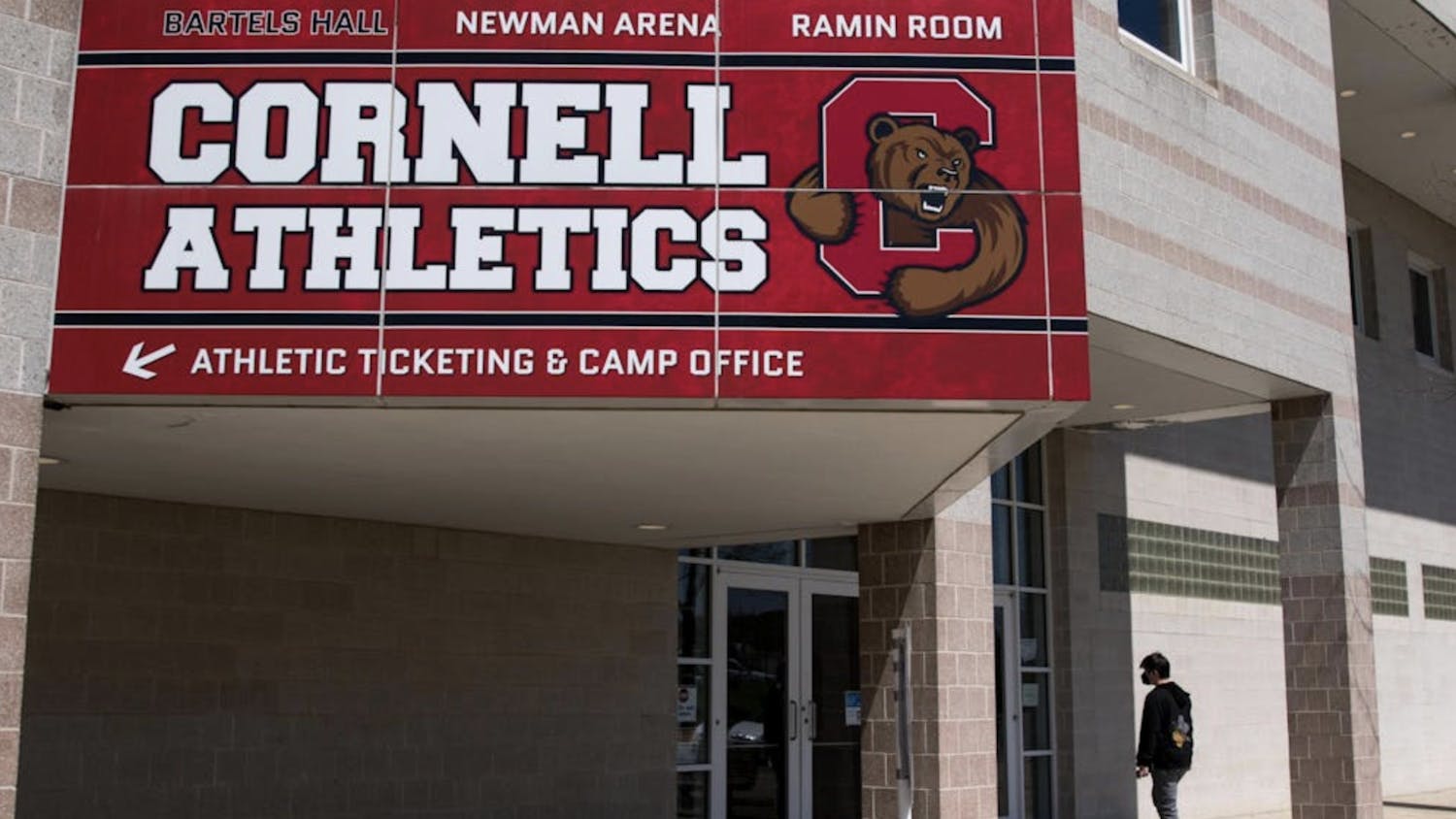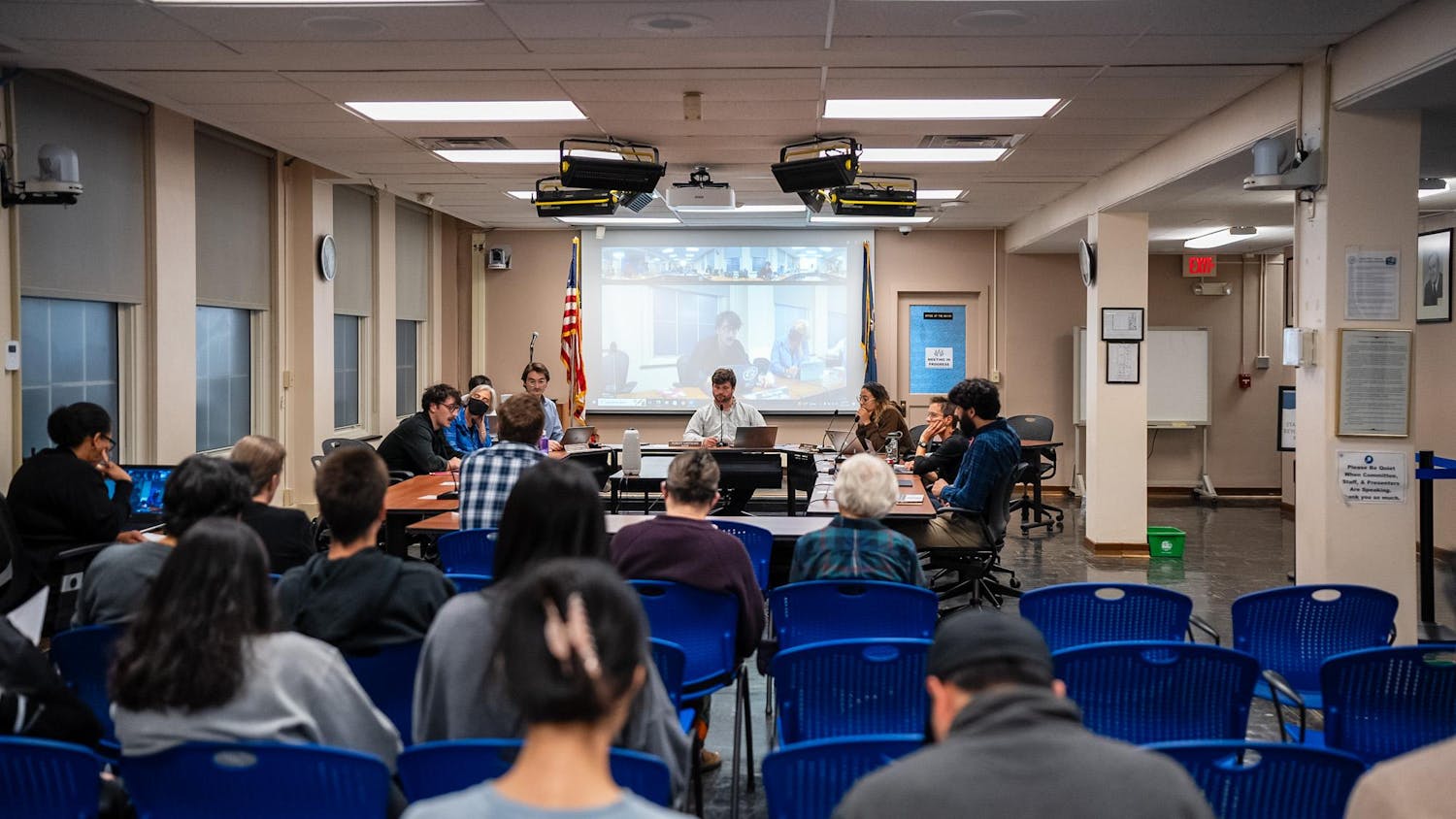“Look to your right, and look to your left,” Karen Shablin, a deeply pro-life activist from Feminist For Life, instructed her audience. “These people [may not] be here if their mother had exercised her choice.” Feminist For Life is an organization aimed at continuing the efforts of early feminists such as Susan B. Anthony and Elizabeth Stanton to seek practical solutions to systematically eliminate the root causes for women to have abortions, according to the group’s website. Shablin believes that abortions occur because society fails to meet the needs of women, and there is an urgent need to develop a holistic, women-centered solution because “women deserve better than abortion.” According to Shablin, the original feminists from the 19th century were mostly pro-life, including Mary Wollstonecraft, whose book A Vindication of the Rights of Woman actually inspired Thomas Paine to write his influential work, Rights of Man. Later, as abolitionist efforts began to gain momentum, feminists borrowed successful abolitionist strategies to fight for women’s rights. “I believe when an egg meets a sperm, a human being is formed,” Shablin said. “Politics influences science, and it’s rarely the other way around. However, my place in the world is based on science,” she added. Shablin used to view abortion differently. In her 20s, she had an abortion because it was “the easiest option at that time.” “There was no choice except [pro]-choice,” she said. In explaining her decision at the time, Shablin said she was worried about becoming a single black mother and about the potential adoption market for her child. She also expressed an aversion towards allowing her child to become another “statistic.” Even though abortion seemed to be the easiest option to avoid these issues, in reality, Shablin noted that abortion actually solved none of these problems. According to Shablin, nearly half of African American pregnancies in the United States end in abortion. Many believe that African American children are “an endangered species.” Even though only 13.7 percent of the American population is African American, 37 percent of abortions in America are performed on African American women. African American women are also experiencing a rising infertility rate and a higher rate of miscarriages Shablin said. “Also, abortion is not just a medical procedure,” Shablin said. “No epidectomy sticks with a woman like an abortion does.” For Shablin, the abundance of abortions performed by college students is an alarming problem. “We all know college students have sex, so there’s no reason why there are no children. Where are the children?” she questioned. “College educated and college age women have the highest rates of abortion,” she said. Over 45 percent of college women have at least one abortion, according to Shablin. When deciding whether or not to keep a child as a college student, many potential “barriers” come into play — scholarship eligibility, school medical insurance, financial aid. These factors are beyond the woman’s control and can be interpreted as a form of abortion “coercion.” “It’s not a choice if it’s a coerced choice,” Shablin said. “Unplanned pregnancy can mean unplanned joy.” “Luckily, at Cornell [a woman] may add her child to her insurance when he or she is born,” Shablin said. “But at many other schools the insurance only cover[s] termination.” Shablin also addressed the growing, but still inadequate, amount of amenities on college campuses across the nation for pregnant students. Melanie Soberon grad, who attended the lecture, recently gave birth to an “unplanned, but not unwanted” child. According to Soberon, the University offered her and the child’s father, also a graduate student, a six-week leave of absence. The school also offers a daycare center where financial aid is available based on eligibility. Despite the amount the University offered to Soberon after she gave birth, she still “wish[ed] there were more resources for people when they find out they are pregnant,” she said. “I couldn’t find any on campus. They offered me an abortion quite often; it was kind of offensive.” Shablin’s views were applauded by pro-life members of the audience. “I really liked her organization’s idea to bring both the pro-life and pro-choice groups together to communicate instead of hav[ing] them yell at each other,” John Cetta ‘10 said. “I don’t feel my gender influences my view on this issue. This is a human rights issue.” “I can see where the pro-choice people are coming from,” Joe Teirab ‘09 said. “But the unborn have a right to life too, regardless of the conception. … The government should support women more comprehensively and give women resources collectively.” However, Shablin also met opposition from pro-choice audience members. “She advocates that we need to support women, but she never supported women who want to make [the] choice in [their own lives],” Kristen Welch ‘10 said, referencing that some women willingly choose to have abortions. Carolyn Headlam ‘10 felt that much of Shablin’s logic was unclear. Shablin accused people of using “mental gymnastics” when their interpretation of a “human being” differed from that of the pro-life advocates, while Shablin’s own argument is also based on a personal interpretation of what it takes to qualify as a “human being”, said Shablin. “It’s [our] own body,” Headlam said.
Lecture Calls Abortion 'A Betrayal of Feminism'
Reading time: about 5 minutes
Read More










